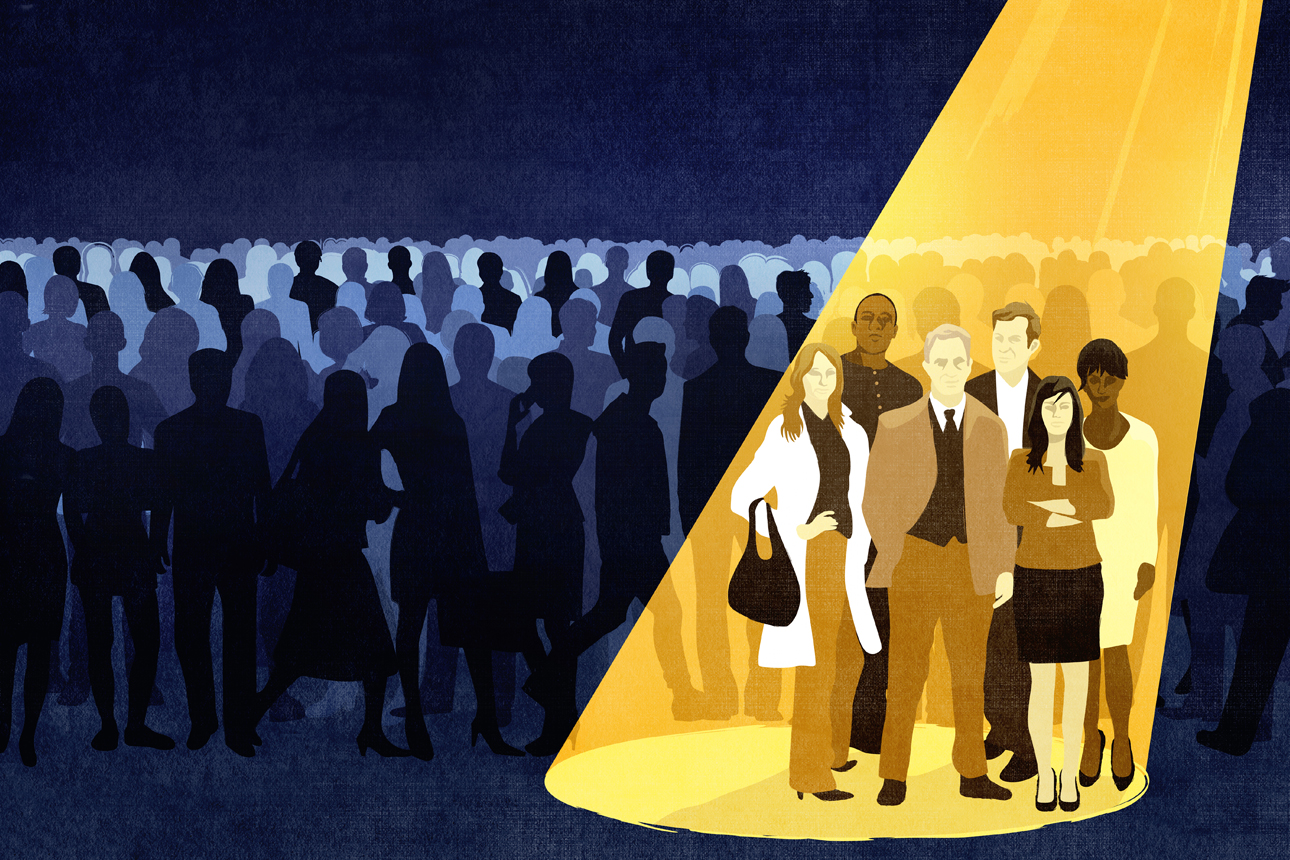The Myth of the Mainstream
Chasing the mass market is a losing proposition for marketers in a polarized culture. Allying with the subculture that loves you is the best way to drive brand success.
Topics
Frontiers

Benedetto Cristofani/theispot.com
For years, McDonald’s seemed to embody everything that was wrong with the American diet. The brand had become a symbol of food choices that were driving escalating rates of obesity and hypertension.
The company spent more than a decade trying to fight this perception among American consumers by targeting them with messaging about its updated menu, which offered healthier alternatives more in line with contemporary diet trends — but to no avail. Year over year, McDonald’s sales declined, and its brand perception continued to spiral downward.
Get Updates on Innovative Strategy
The latest insights on strategy and execution in the workplace, delivered to your inbox once a month.
Please enter a valid email address
Thank you for signing up
Finally, the company decided to go on the offensive. Instead of combating the opposition’s hate and attempting to win over those in the middle, McDonald’s decided to focus on its fans — the people who self-identify as McDonald’s devotees despite the vitriol directed at the brand. The company’s tactics included launching its Famous Orders campaign, which celebrated the favored menu items of superstar fans (like hip-hop mogul Travis Scott and K-pop megastars BTS); creating adult-targeted Happy Meals; and promoting fans’ own menu hacks. In doing so, it tapped into what these devotees love about McDonald’s and not only activated their collective consumption but also inspired them to spread the word on behalf of the brand. The result of this strategy was a 10.4% increase in global revenue for McDonald’s from 2018 to 2021 and the return of dormant customers: more than a quarter of those who came in to buy the Travis Scott meal, for example, hadn’t visited the chain in over a year. Seemingly overnight, McDonald’s went from being a cautionary tale to the darling of brand marketing and a case study for advertising effectiveness.
If you want to get people to move, you must choose a side. The notion that you can win by playing to the middle is a misleading myth.
What’s going on here? Conventional wisdom would tell us that in a world of increasingly polarized opinions, our best bet is to appease the middle, if only because that’s where the majority of the market is. That also seems like a safe bet to many companies, as a middle-of-the-road position is less likely to alienate potential customers. But McDonald’s demonstrated what can happen when you dismiss this conventional approach. Instead of trying to speak to the mass market, it chose a side.

Comment (1)
Stuart Roehrl